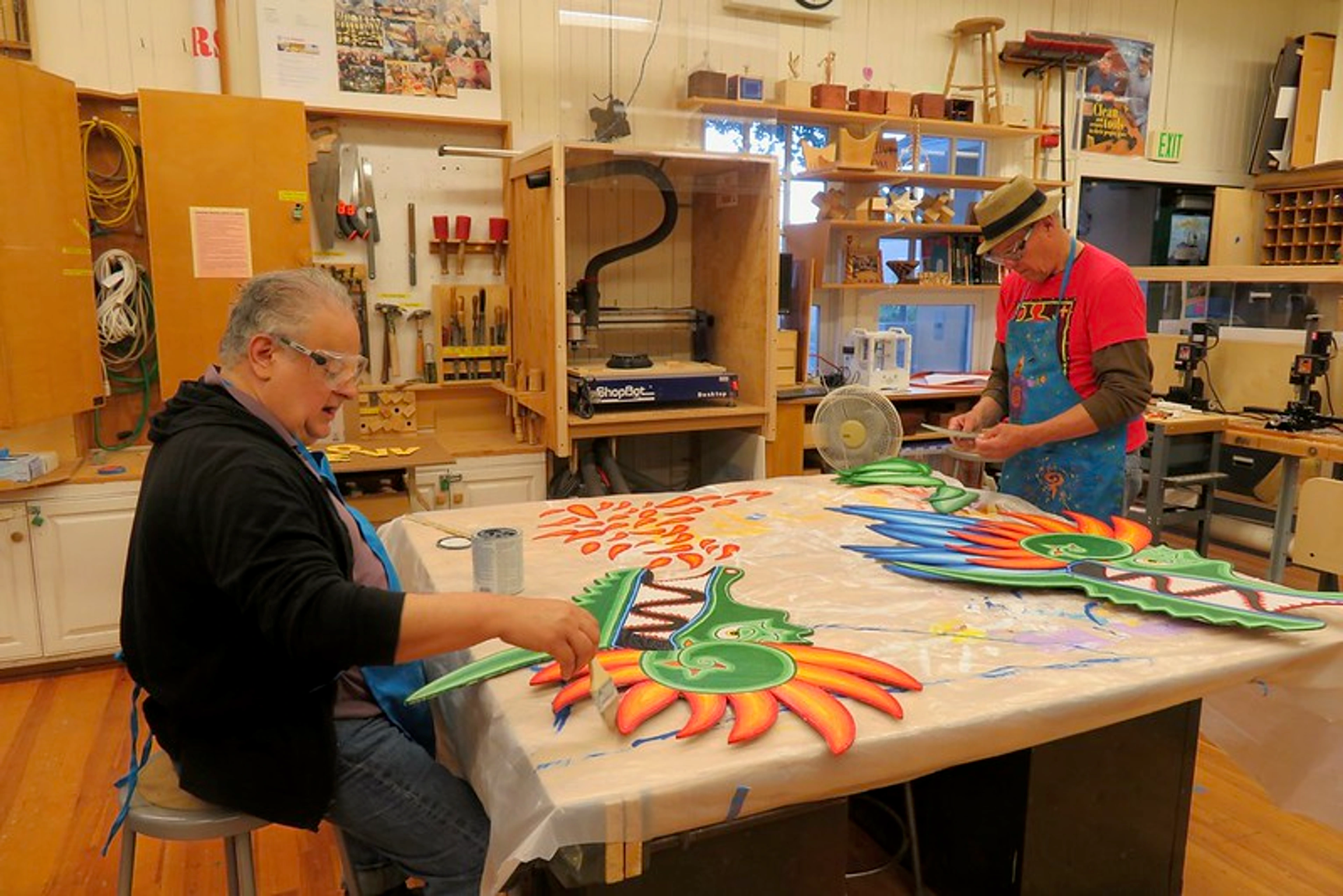
Art Institute of Chicago: A First-Timer's Guide to Mastering Your Visit
Conquer museum overwhelm at the Art Institute of Chicago. This personal guide offers planning tips, highlights must-see masterpieces, and reveals quiet discoveries for a truly connected experience.
A First-Timer's Personal Guide to the Art Institute of Chicago: Conquering Overwhelm and Finding Connection
Confession time: The very first time I stepped through the grand doors of the Art Institute of Chicago, past those iconic lion statues guarding the entrance, my brain felt like it had plunged into a magnificent, abstract painting – a beautiful, chaotic mess of brushstrokes and colors, with no clear starting point. Overwhelming? Absolutely. My mind used to freeze, trying to mentally catalogue every single sculpture and painting at once, convinced I'd miss something vital. This guide is built from my personal journey, designed to help first-timers (like I once was!) conquer museum overwhelm and genuinely connect with the art, transforming that initial daunting task into what now feels like a delightful conversation.
Chicago, for all its bustling energy, has a way of drawing you in, and its Art Institute, a landmark Beaux-Arts structure that has expanded with sleek modern wings, is no exception. It’s not just a collection of pretty pictures; it’s a living, breathing testament to human creativity and a cornerstone of global art history. This institution, established in 1879, is truly one of the oldest and largest art museums in the United States, packed with an encyclopedic collection that can shift your entire perspective on art, and frankly, life. The original Beaux-Arts structure, with its iconic main entrance on Michigan Avenue, stands as a testament to classical design, its limestone facade and grand columns contrasting beautifully with the glass and steel of modern expansions like the Renzo Piano-designed Modern Wing. This creates a fascinating dialogue between eras, mirrored beautifully in the art it houses – a dialogue I’ve come to cherish. So, let me share my personal approach to navigating this incredible museum – a strategy for first-timers that, I hope, will help you conquer your own museum anxieties and truly connect with the art.
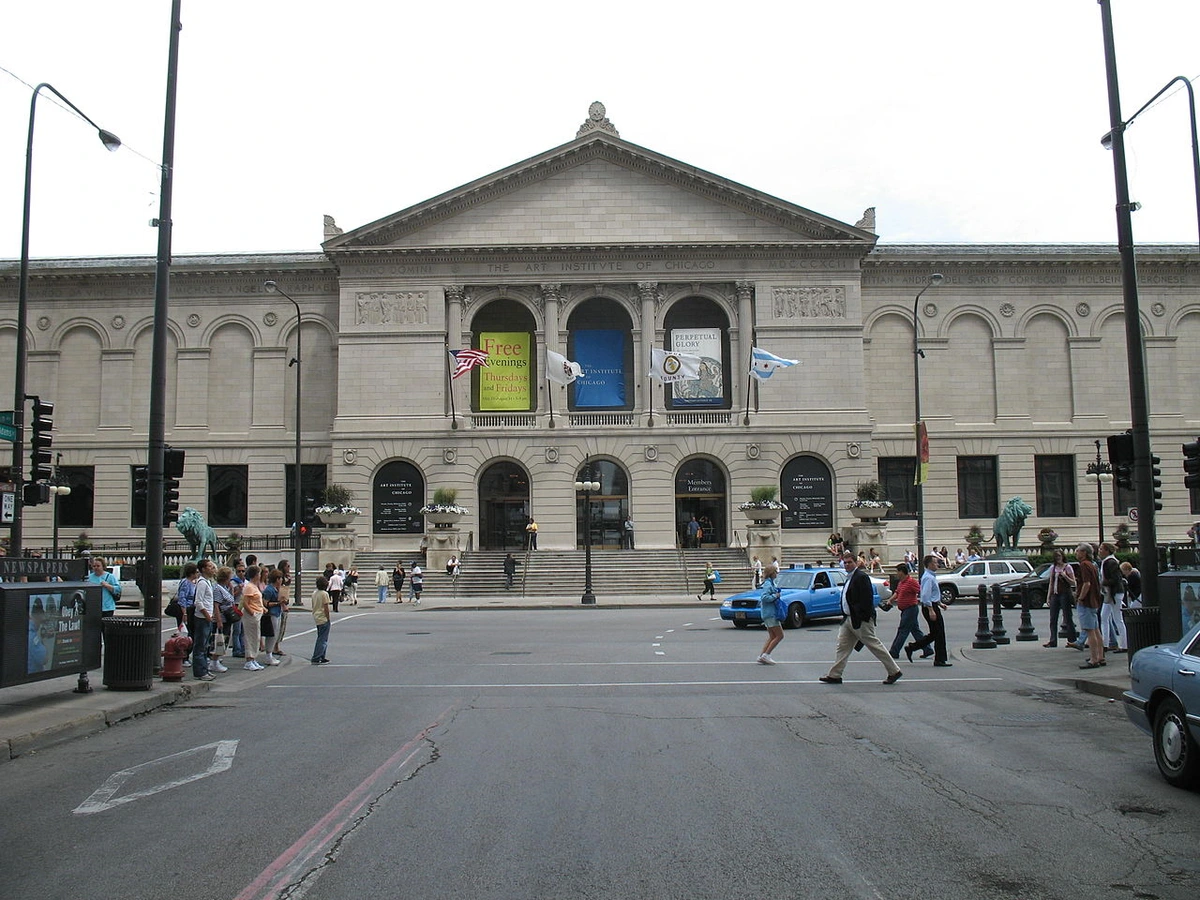
Phase 1: Planning Your Personal Odyssey – Because a Little Foresight is Your Superpower
My recurring mistake? Just showing up. Seriously, don't do what I used to do. For a place as vast and varied as the Art Institute of Chicago, a little pre-planning is your absolute superpower. Don’t get me wrong, I’m not suggesting a minute-by-minute itinerary – heaven forbid we stifle spontaneity! – but a loose plan, a few target areas, can truly save you from immediate overwhelm and make your visit much more enjoyable. I usually begin by diving into their official website. What are the hours? Are there any special exhibitions happening that might require separate tickets or longer viewing times? Is there a particular artist or movement I’m currently obsessing over? I also check their event calendar for any interesting lectures, workshops, or family days that might add another layer to the experience. I look for those big, bold names, yes, but also for those quieter, unexpected corners. For example, if you're like me and deeply fascinated by the story of how art movements unfold, their incredible collections that trace the journey of abstract art are a revelation. It's genuinely fascinating to see the evolution right there on the walls, and if you're curious about deeper dives into this topic, I’ve put together a definitive guide to the history of abstract art that beautifully complements the museum experience.
This isn't about rushing; it’s about ensuring you actually see what genuinely speaks to you. Think of it as picking your favorite dishes from a buffet before you even step into the dining hall. With your reconnaissance complete and your excitement bubbling, it’s time to bridge the gap from planning to pure artistic immersion. But before you dash off, let's cover some crucial practicalities. My biggest time-saver? Paying attention to these details.
Essential Planning Details for Your Visit
Feature | Recommendation | Why it Matters |
|---|---|---|
| Tickets & Entry | Purchase online in advance. Even with tickets, factor in time for security. | Saves time by bypassing ticket lines and helps manage crowd flow. |
| Time & Membership | Allocate 3-4 hours for a first visit. Consider membership: it offers free admission, discounts, and access, and for a first-timer, often pays for itself if you plan even two visits or attend an event. | Allows you to see a decent portion without feeling rushed. Memberships provide long-term value and perks. |
| Accessibility & Resources | The museum is largely wheelchair-friendly with ramps and elevators; wheelchairs are often available. Explore virtual tours and online archives for pre- or post-visit reflection. | Ensures a comfortable and informed visit for all, and extends the experience beyond the physical space. |
| Location & Transport | Conveniently located in Grant Park, accessible via public transportation (bus, L train). Check their website for the latest routes and parking info if driving. | Easy to reach, avoiding driving and parking stress in downtown Chicago. |
| Stay Informed | Check the official website for temporary gallery closures or special exhibition rotations before your visit. | Prevents disappointment of missing a key artwork or section you intended to see. |
| Tours & Audio Guides | The museum offers various guided tours for different interests. Look for tours led by curators or art historians for deeper insights. Audio guides provide insightful commentary. | Enhance understanding and engagement with the art, offering expert perspectives you might otherwise miss. |
| Museum Etiquette | Maintain respectful distance, refrain from touching, and be mindful of flash photography policies (often prohibited). Keep your volume quiet. | Ensures an enjoyable and respectful experience for all visitors and protects the artworks. |
Phase 2: Where My Heart Finds Its Rhythm – The Unmissable Echoes
Alright, so you’ve got your loose plan, your superpowers engaged. Now for the really good stuff. For me, the Art Institute truly shines in its Impressionist and Post-Impressionist collections. These movements, with their revolutionary focus on light, color, and capturing fleeting moments of everyday life, are incredibly accessible and foundational for newcomers, offering a relatable entry point into the art world. Seeing Seurat’s “A Sunday on La Grande Jatte” in person? It’s genuinely transformative. I remember standing there, almost leaning in, trying to discern each tiny dot, then stepping back to watch them magically coalesce into vibrant forms. It’s like a visual whisper, then a shout, all in one canvas. Those thousands of individual points of color, when viewed from a distance, blend optically in your eye to create a vibrant, shimmering scene – a true optical illusion that, when experienced in person, feels almost spiritual. The colors just… sing, hinting at secrets I almost understand. If you’re captivated by these movements, consider my ultimate guide to Impressionism and ultimate guide to Post-Impressionism for a deeper dive.
![]()
Just around the corner, you'll find masterpieces like Claude Monet's "Water Lilies" or Gustave Caillebotte's "Paris Street; Rainy Day," each telling a story of light and modern life that pulls you right in. Standing before Monet's "Woman with a Parasol," I'm always struck by the fleeting beauty he captured, a sense of movement and light that makes you feel like you're right there in that breezy field. These pieces, for me, aren't just art; they're meditations on perception and beauty.
![]()
Then there’s the phenomenal American Art section, a journey through the soul of a nation, really, spanning from the early 18th century through the mid-20th. You’ll find everything from the detailed realism of the Hudson River School to Grant Wood’s iconic “American Gothic” (yes, that farmer and his daughter) and Edward Hopper’s contemplative “Nighthawks,” which perfectly captures the quiet solitude of urban life. The collection is particularly strong in American Modernism, showcasing how artists adapted European influences while forging a uniquely American aesthetic. It’s a powerful exploration of the stories and landscapes that shaped a country, showcasing evolving artistic styles and societal narratives.
Discovering Henry Darger and the World of Outsider Art
But you know, one of the truly hidden gems, at least in my experience, was stumbling upon the works of Henry Darger. His art is a world unto itself – fantastical, poignant, and intensely personal. The Art Institute boasts one of the most significant collections of his work, offering a unique window into the mind of an artist who created his own elaborate universe, often working in isolation. This falls into what some call 'outsider art': art created by self-taught artists, often with little or no contact with the mainstream art world. It's art that challenges conventional notions of artistic training and institutional recognition, often flourishing in unexpected, uninhibited spaces. What strikes me most about Darger's work is its raw, uninhibited storytelling; it's a monumental saga unfolding across thousands of pages and vivid watercolors. Standing before it, I always feel a profound sense of awe and a quiet unease, grappling with the ethical dialogue of presenting such intensely personal work to a public audience. For me, Darger’s work is a powerful reminder that creativity often flourishes in the most unexpected and uninhibited spaces, a notion that deeply resonates with my own finding artistic voice in unexpected places journey. If you're intrigued, I’ve explored what outsider art is in another piece, and it’s a rabbit hole absolutely worth falling down.
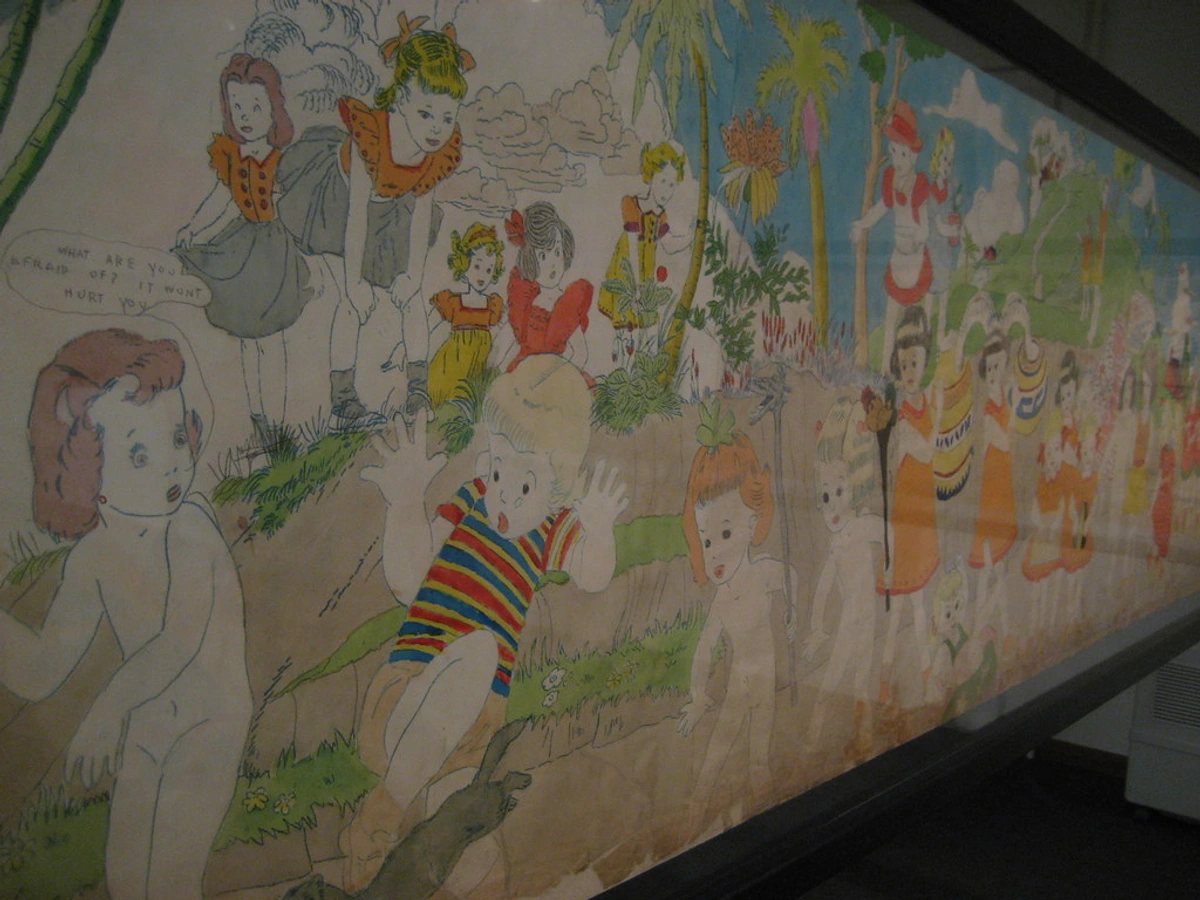
Modern Art: From Deconstruction to Defiant Expression
For a first-timer, while personal taste always varies, most visitors also gravitate towards the Modern Art galleries. Here, art starts to fracture and reimagine itself, challenging everything we thought possible. You'll encounter the revolutionary shifts of the 20th century, from the bold geometries of Cubism (shattering traditional perspective, hello Picasso!) and the dreamlike narratives of Surrealism (tapping the subconscious dreamscape, think Dalí's melting clocks or Magritte's mysterious figures) to the raw energy of Abstract Expressionism (unleashing raw, gestural emotion). Here, you can find vibrant works by masters like Willem de Kooning – whose fervent brushstrokes are a visceral experience (and you can dive deeper into his world with my ultimate guide to Willem de Kooning) – and the dynamic drips of Jackson Pollock (explore his revolutionary techniques in my ultimate guide to Jackson Pollock).
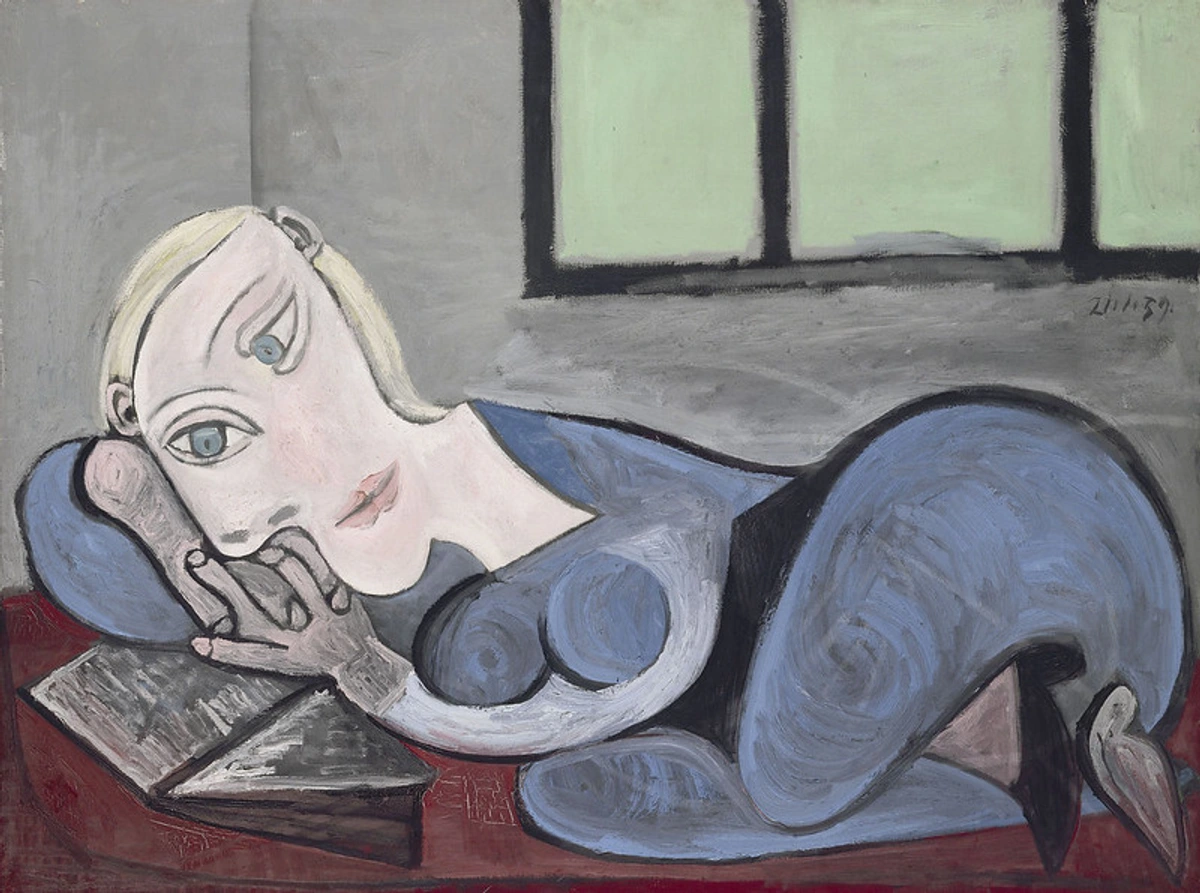
You’ll also find vibrant examples of Pop Art with works by Andy Warhol, challenging the boundaries between fine art and popular culture, and the stark, conceptual approaches of Minimalism, inviting contemplation through simplicity. It's a journey from deconstruction to pure emotion, making you question the very nature of perception. If these movements spark your curiosity, I’ve delved deeper into the ultimate guide to Cubism, the ultimate guide to Surrealism, and the ultimate guide to Pop Art on my site.
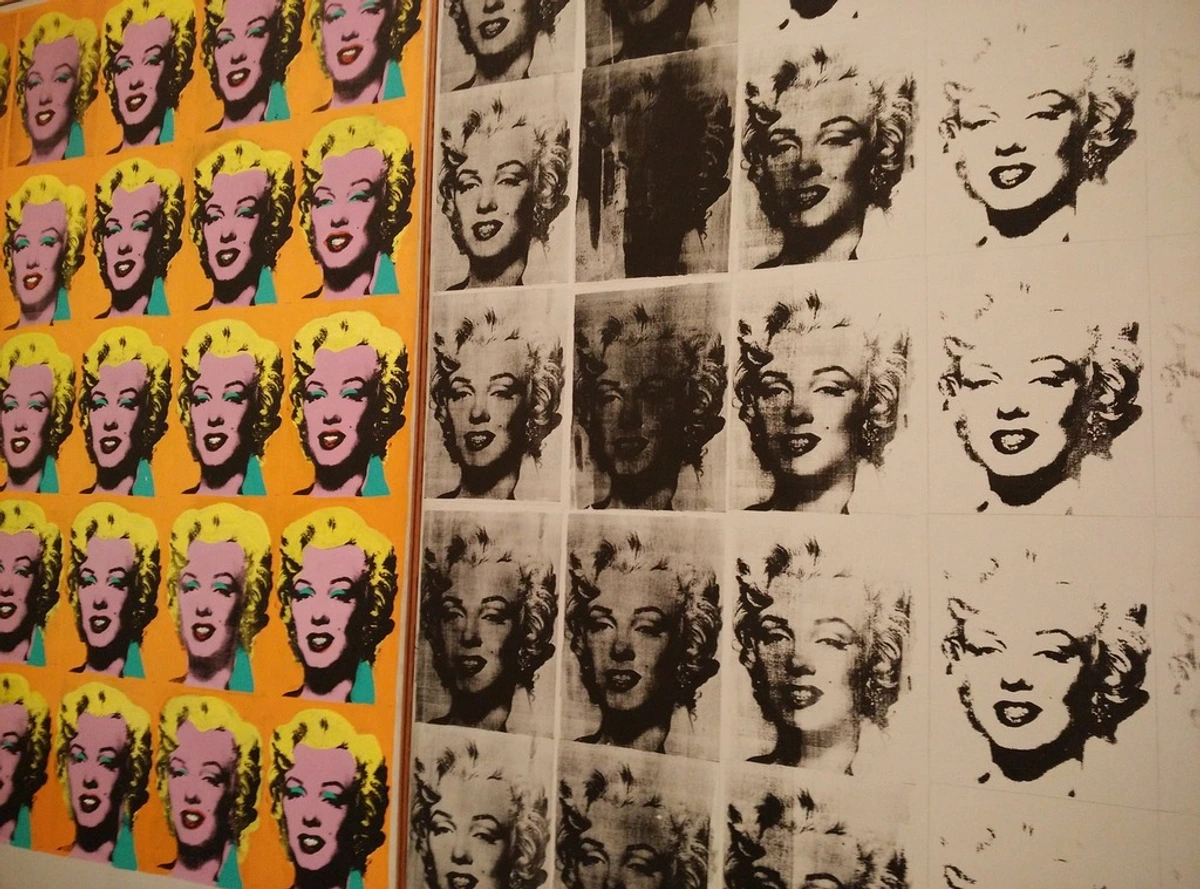
Phase 3: Beyond the Blockbusters – The Quiet Discoveries
Alright, you’ve hit the big names, basked in the glory of the masterpieces. But what lies beyond the blockbusters? What are the quiet corners waiting to surprise you? Seriously, just let your feet lead you. One of the most fulfilling aspects of visiting the Art Institute is discovering its vast, diverse collections beyond the most famous paintings. Don't be afraid to delve into areas you might not typically seek out. After all, this institution, founded in 1879, has grown into one of the world's most significant museums, and its breadth is truly astounding. It’s in these often-overlooked spaces that I find some of the most profound connections, bridging the historical and the deeply personal.
Arts of Africa and the Americas
Take a breathtaking journey through millennia of human creativity in the Arts of Africa and the Americas galleries. Here, you'll encounter impressive Olmec jade masks, powerful West African masks and sculptures (like intricate Dogon figures or vibrant Yoruba pieces), and the sophisticated artistry of ancient Nazca pottery. These objects aren't just artifacts; they are windows into rich cultural histories and profound spiritual beliefs, showcasing millennia of diverse artistic traditions. Consider the elaborate ceremonial masks, for instance; they weren't just decorative but served vital roles in rituals, embodying ancestral spirits or powerful deities.
Asian Art: Tranquility and Historical Depth
The Asian Art collection offers another realm entirely, a profound sense of tranquility and historical depth. Marvel at delicate Chinese ceramics (from the Tang to Ming dynasties), serene Buddhist sculptures from across the continent, and exquisite Edo period Japanese woodblock prints, including possibly works reflecting the influence of masters like Hokusai (if you're lucky, you might spot a print reminiscent of his iconic 'Great Wave'). As you explore, look for specific iconography – the hand gestures (mudras) of a Buddha statue, for instance, or the symbolic motifs on a Ming vase – which often convey layers of philosophical meaning. These pieces invite quiet contemplation, revealing the intricate beauty and philosophical underpinnings of diverse Asian cultures.
European Painting before 1800
For those who, like me, appreciate the deep roots of art history, don't miss the museum's significant collection of European Painting before 1800. This period is the bedrock upon which so much of later Western art was built, making it essential for understanding the entire museum's collection. Here, you can trace the journey of the Renaissance masters, marvel at the dramatic intensity and rich chiaroscuro of the Baroque period, and ponder the subtle brushwork of Dutch Golden Age painters. Imagine standing before a haunting El Greco, a richly textured Rembrandt, or a vibrant Venetian canvas; it’s like stepping back in time, directly engaging with the foundations of Western art and witnessing the evolution of painting techniques.
Photography: Capturing Light, Time, and Emotion
Speaking of mediums, the Art Institute also houses a world-renowned collection of Photography, chronicling the evolution of this relatively young art form from its daguerreotype origins to contemporary digital prints. It's a fascinating journey through how artists have captured light, time, and emotion with a lens, featuring pioneers of the medium like Alfred Stieglitz (who championed photography as a fine art) and groundbreaking contemporary works that challenge perception. The collection highlights key technological advancements, from the invention of the photographic plate to the rise of digital manipulation, revealing photography's constant reinvention.
Decorative Arts, Architecture, and Contemporary Voices
Beyond these, you'll find a robust collection spanning various forms:
- Architectural Fragments & Decorative Arts: Everything from exquisite neoclassical architectural details, dazzling Art Nouveau jewelry, and sleek Art Deco furniture (yes, even a Frank Lloyd Wright stained-glass window!). These pieces reveal how art infuses everyday objects and grand structures.
- Thorne Miniature Rooms: These enchanting, perfectly crafted historical interiors are more than just dollhouses; they're meticulously researched historical narratives in miniature, captivating with their intricate detail and storytelling. They always make me smile.
- Art Conservation & Education: The museum also plays a vital role in art conservation and education, with dedicated experts preserving these treasures for future generations and educational programs fostering a deeper appreciation for art.
- Contemporary Art: And speaking of contemporary art, the Art Institute also boasts an impressive array of 20th and 21st-century works, constantly challenging our perceptions of what art can be. From the bold strokes of Abstract Expressionism to thought-provoking conceptual pieces and immersive multimedia installations, there's always something to stir the imagination and perhaps, like my own artistic process, spark an unexpected new direction. It’s in these spaces that I sometimes encounter works that push boundaries of form and concept, reminding me that art is a perpetual conversation – always evolving, always asking new questions about reality and meaning.
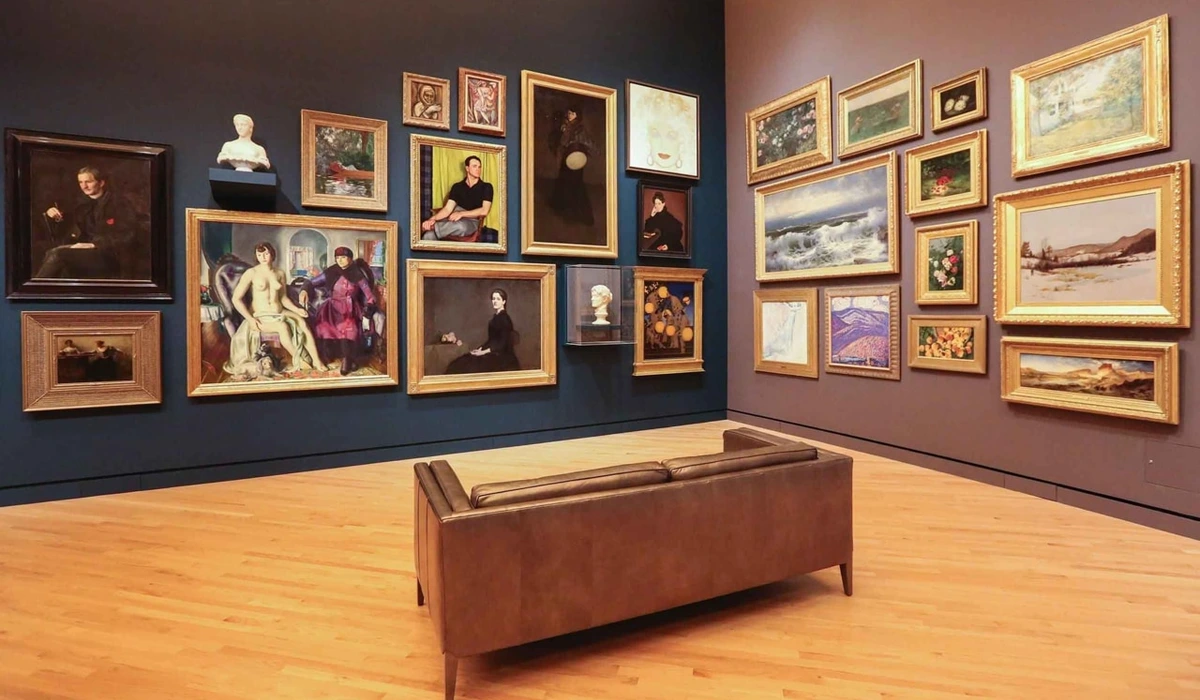
Phase 4: Mastering the Art Marathon – Sustaining Your Wonder
Look, appreciating art is physically demanding! Don't let anyone tell you otherwise. So, for a truly successful, happy visit, here are my non-negotiables – what I think of as survival tips for a fulfilling art marathon:
- Prioritize Comfort (Feet First!): Wear comfortable shoes. This isn't a fashion show; it’s an endurance event for your feet. Your future self will absolutely thank you. Also, if you’re carrying bags or coats, make use of the coat check services or available lockers – trust me, exploring hands-free is a game changer. I once saw someone trying to discreetly nap on a bench in the contemporary wing, looking utterly defeated but also profoundly content. No judgment, just pure relatability.
- Fuel Your Journey: Hydrate and fuel. The museum has cafes and dining options, but a little water bottle and a small snack tucked away in your bag can be a lifesaver. You definitely don't want to get 'hangry' in front of a masterpiece, now do you? That's a memory you don't want to make!
- Embrace the Pause: Take breaks. Find an empty bench, sit down, and just be. Watch people. Look out a window. Let your brain reset, process, and absorb. You’ll appreciate the next gallery so much more after a moment of quiet reflection.
- The Art of Not Seeing Everything (My Pro-Tip): Seriously, don't try to see everything. It’s impossible, and trying will only exhaust you. Pick your battles, focus on your chosen highlights, and let curiosity guide you. A good strategy I've found is to dedicate yourself fully to one gallery or one artist per hour, rather than rushing through several. It’s perfectly okay to leave some rooms unexplored, knowing you can always come back. In fact, if you're in Chicago for a few days, I highly recommend considering a second, shorter visit – I’ve found it makes a huge difference in my appreciation. For a calmer experience, try visiting on a weekday morning right after opening, or during one of their less crowded evening hours.
- Indulge in the Gift Shop: Okay, this is less about survival and more about indulgence. I absolutely love browsing the art books, finding a postcard of a piece that truly moved me, or picking up a unique art-inspired gift. It’s a tangible memory to take home, a little piece of the inspiration you found. It's like bringing a tiny echo of the museum's conversation back to your own space.
Phase 5: Bringing It All Home – My Canvas, Ignited Anew
Every visit to a place like the Art Institute of Chicago is so much more than just seeing art; it’s an education, a profound inspiration, a silent conversation across centuries. It's a powerful reminder of the vast spectrum of human emotion and intellect translated onto canvas, into sculpture, or through a lens. These experiences deeply feed my soul and, in turn, profoundly influence my own work and artistic journey. From the initial feeling of overwhelm, these strategies help transform the daunting into the delightful, making connection with art truly possible.
I remember one visit to a contemporary gallery, not at the AIC but a smaller, local one, where I stumbled upon a kinetic sculpture – a collection of meticulously balanced moving parts that created ever-changing shadows. It was a complete departure from my usual abstract painting focus, yet the way light and form interacted, the delicate balance of tension and release, stayed with me for weeks. It nudged me to think differently about composition, about the unseen forces at play in my own work, and even influenced my choice of materials, prompting experimentation with subtle textural shifts. Similarly, standing before a particular Abstract Expressionist piece at the Art Institute during another visit, a vibrant explosion of color and movement, I didn't just see the technique; I felt the raw, untamed expression, a burst of defiant energy that resonated deep within and challenged my preconceptions about structured versus intuitive creation.
That feeling, that visceral connection to the artist's inner world, is what I strive for in my own canvases – whether it's sketching new compositions in a notebook, journaling about my impressions, or experimenting with bold new color palettes. It's a powerful reminder of why I bother with a brush and paint – to try and capture a fraction of that emotional resonance, much like the pieces you can explore my vibrant abstracts here on my website. The journey of an artist, after all, is a continuous conversation with the past, the present, and the future. And a trip to the Art Institute of Chicago is a powerful, inspiring, and utterly essential chapter in that ongoing dialogue.
So, go forth, explore, and let the Art Institute spark your own creative dialogue. You might just find that a museum visit isn't just about what you see, but how it changes the way you see the world, echoing in your own creative pursuits. If you're ever near my own art museum in s-Hertogenbosch, I'd be delighted for you to see how these influences play out in my abstract work directly, a tangible reflection of these journeys, a continuation of the artistic conversation you've begun, a little snapshot of my artistic timeline. I'd love to hear about your discoveries there too.





